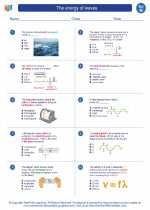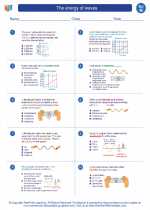Flowers
A flower is the reproductive structure found in flowering plants. It is responsible for the production of seeds through the process of pollination and fertilization.
Structure of a Flower
A typical flower consists of the following parts:
- Petal: The colorful, leaf-like part of the flower that attracts pollinators.
- Stamen: The male reproductive organ of the flower, consisting of the anther and filament.
- Carpel: The female reproductive organ of the flower, consisting of the stigma, style, and ovary.
- Sepal: The outermost part of the flower, protecting the developing bud.
Reproduction in Flowers
Flowers undergo a process of pollination, where pollen is transferred from the anther of a stamen to the stigma of a carpel. This can occur through various agents such as wind, insects, birds, or other animals. Once the pollen reaches the stigma, it travels down the style to the ovary where fertilization takes place, leading to the formation of seeds.
Types of Flowers
There are two main types of flowers based on their structure:
- Complete Flowers: Flowers that contain all four main parts - petals, stamens, carpels, and sepals.
- Incomplete Flowers: Flowers that lack one or more of the main parts.
Study Guide
Here are some key points to remember when studying flowers:
- Describe the structure of a flower and the function of each part.
- Explain the process of pollination and fertilization in flowers.
- Differentiate between complete and incomplete flowers.
- Identify the role of pollinators in the reproduction of flowers.






